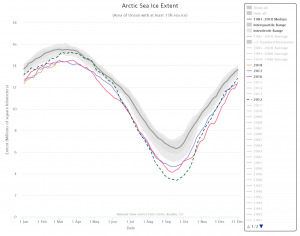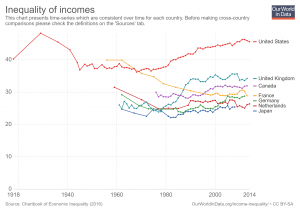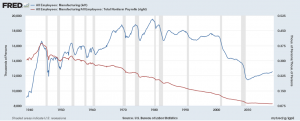 The distribution of occurrences of tornadoes by time of day is presented in the accompanying graph from NOAA’s Historical Records and Trends page for tornadoes, which is a good example of a skewed distribution.
The distribution of occurrences of tornadoes by time of day is presented in the accompanying graph from NOAA’s Historical Records and Trends page for tornadoes, which is a good example of a skewed distribution.
Because most tornadoes are related to the strength of a thunderstorm, and thunderstorms normally gain most of their energy from solar heating and latent heat released by the condensation of water vapor, it is not surprising that most tornadoes occur in the afternoon and evening hours, with a minimum frequency around dawn (when temperatures are lowest and radiation deficits are highest). However, tornadoes have occurred at all hours of the day, and nighttime occurrences may give sleeping residents of a community little or no warning.
The page includes the same type of graph by region in the country. If you want to know the distribution of tornadoes by state, NOAA has you covered on their U.S. Tornado Climatology page where you will find a map for the average number of tornadoes by state. You can download tornado data from NOAA’s Storm Events Database.



 Our World in Data has an interactive chart
Our World in Data has an interactive chart


